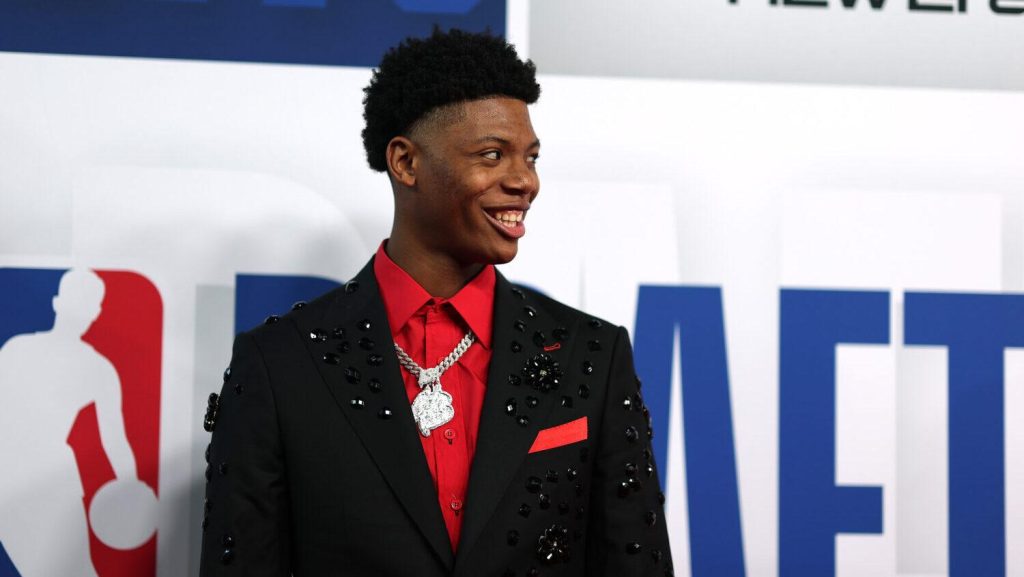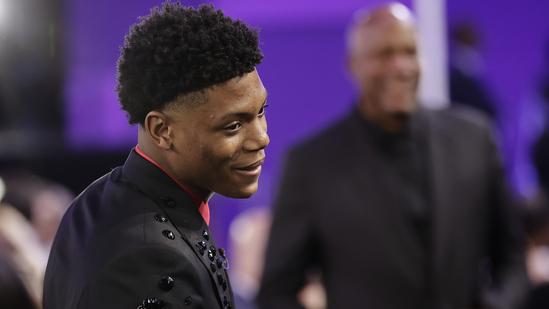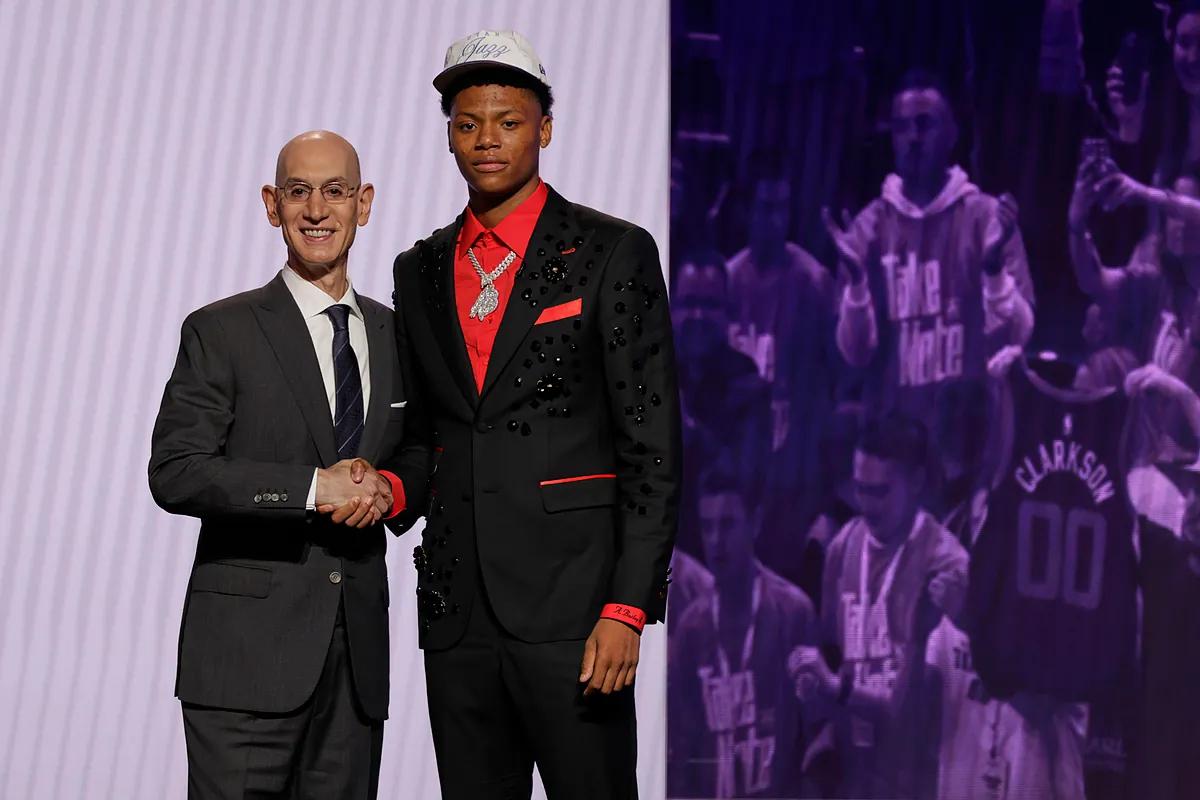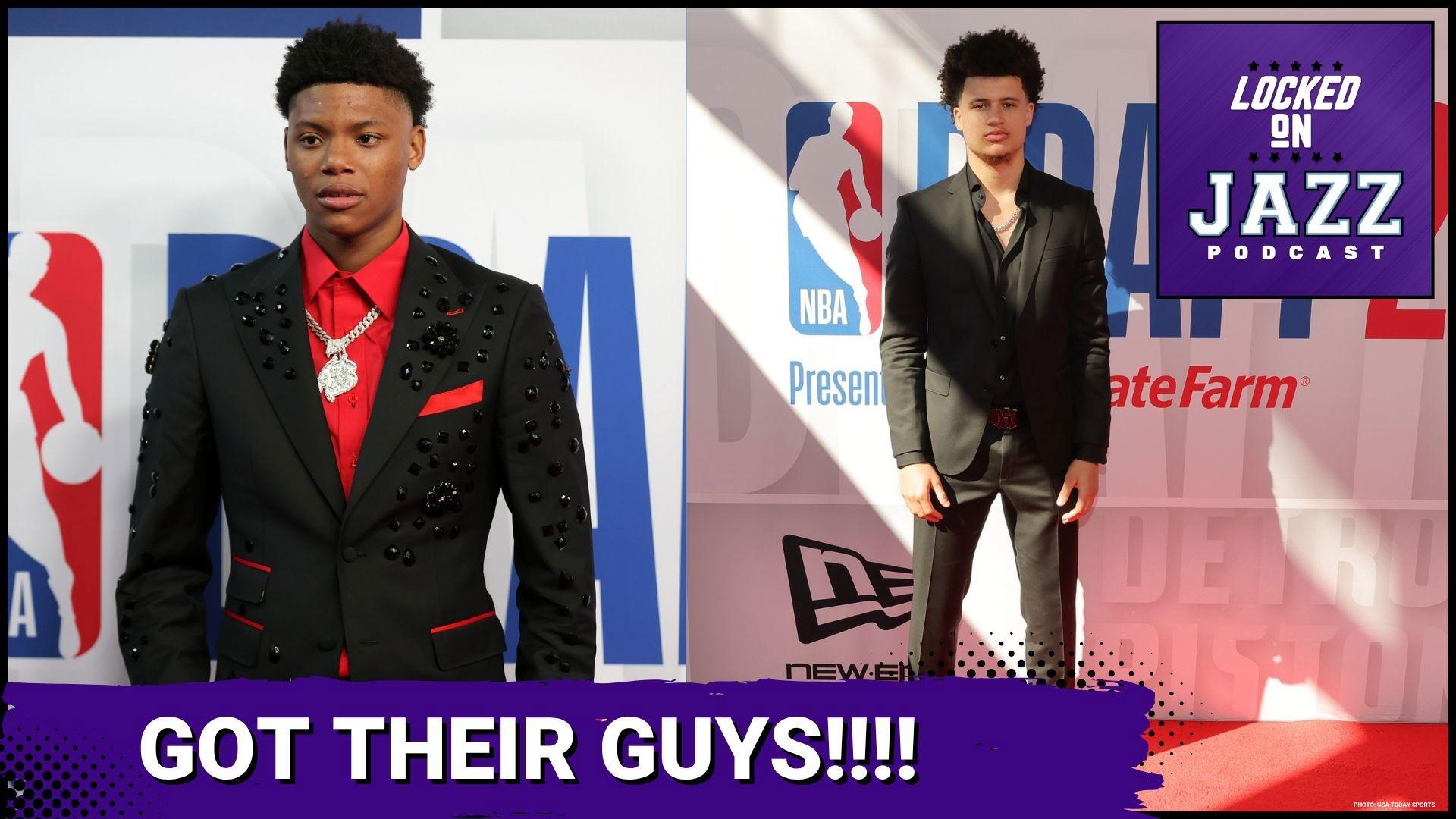In the high-stakes world of professional basketball, draft decisions can make or break careers-and fortunes. Ace Bailey, once a promising prospect for the Utah Jazz, took a gamble during his entry into the NBA that now echoes through the sport’s financial corridors. What seemed like a calculated risk at the time has spiraled into a costly misstep, leaving Bailey to wonder just how many millions slipped through his fingers. This article delves into the dramatic tale of Bailey’s draft gamble, exploring the financial implications and the ripple effect on his career trajectory within the Jazz organization.
Ace Bailey’s High-Stakes Decision and Its Financial Fallout
In an unexpected move, Ace Bailey placed all his chips on a high-risk draft choice that, in hindsight, dramatically altered the trajectory of his career earnings. Opting for a less conventional path, Bailey bypassed more secure contract offers, betting on a breakthrough season that ultimately never materialized. This gamble didn’t just stall his growth on the court but also significantly undercut his potential to cash in on lucrative endorsements and multimillion-dollar contracts that tended to favor players with consistent high performance and visibility.
The financial aftermath of this decision is staggering. Analysts estimate that Bailey missed out on upwards of $15 million over the span of several seasons. This figure includes:
- Guaranteed contract paychecks he declined
- Brand sponsorship deals tied to player marketability
- Performance bonuses linked to meeting statistical milestones
- Post-career opportunities enhanced by a higher-profile legacy
For a player once heralded as an emerging star, the cost of a single gamble underscores the unforgiving nature of professional sports economics-where every move can echo through a lifetime of revenue streams.
Breaking Down the Missed Earnings Impact on Career Trajectory
When analyzing Ace Bailey’s stalled contract negotiations and missed earnings, it’s crucial to understand the cascading effects on his professional journey. While the immediate financial loss is striking, the subtler, long-term consequences hold even greater weight. Bailey’s decision to bet on a breakout season that didn’t materialize meant passing up more secure deals, which could have provided financial stability and leverage within the league. Over the years, this gamble likely cost him not just millions in salary, but also the chance to build a legacy with consistent on-court performance and strategic endorsements.
Breaking down the missed earnings reveals several key factors:
- Contract Value Deficit: Comparisons with peers in similar draft positions who secured early multi-million dollar deals highlight the gap.
- Loss of Endorsement Opportunities: Limited visibility from inconsistent playtime and less media exposure hampered lucrative outside sponsorships.
- Marketability and Career Growth: Missed milestones in game statistics impacted his appeal for second-round opportunities and future contract negotiations.
This financial shortfall, more than just a number, illustrates a steep detour from a potential star trajectory. It serves as a cautionary tale for athletes about the intricate balance between risk and reward, emphasizing that sometimes the biggest gamble lies not in the playbook, but in contract decisions and career management.
Analyzing Market Trends That Turned the Draft Gamble Against the Jazz Player
In hindsight, the gamble placed on the Utah Jazz player was entangled in a complex web of volatile market dynamics that dramatically depreciated his potential contract value. As the NBA’s economic landscape shifted, influenced heavily by broadcasting rights deals and global merchandise sales, the player’s projected earnings suddenly stalled. The once-promising projections faltered when rival talents skyrocketed, reallocating team resources and fan attention. This turbulence translated into a financial ripple effect where salary cap spikes and rookie scale adjustments recalibrated the benchmarks for rookie contracts, leaving the Jazz player several millions shy of what their early draft position initially promised.
Several pivotal market trends contributed to this unforeseen downturn:
- Emergence of younger, sensational talents: Shifting fan and media focus intensified competition, pushing Jazz valuations downward.
- Market contraction from global events: Economic uncertainties curbed expansion budgets, leading teams to be more conservative with rookie deals.
- Negotiation strategy misfires: A failure to anticipate mid-season rule changes in salary cap calculations affected contract structures.
Ultimately, these converging factors formed a perfect storm that dramatically truncated the earnings window, proving that even the sharpest draft instincts must constantly adapt to rapid market transformations.
Strategic Lessons for Athletes Navigating Draft Choices and Contract Negotiations
Strategic foresight in the draft process can make or break an athlete’s career trajectory. Ace Bailey’s experience with the Utah Jazz serves as a cautionary tale for upcoming talents weighing their draft options. Overconfidence in potential upside or misreading an organization’s valuation can lead players to bypass guaranteed contracts or favorable draft positions, only to face diminishing returns later. The lesson? Be diligent in understanding not just the numerical value of offers, but the broader context – including team fit, market exposure, and long-term financial security. Wise athletes look beyond the immediate glitter and consider how each decision positions them for partnerships, endorsements, and career longevity.
Contract negotiations are an arena where players must combine tenacity with negotiation savvy. Salted with patience and realistic goals, the process demands balancing bold askings against what management is willing to commit. For Bailey, the consequences of his gamble manifested in a missed opportunity worth tens of millions, an amount that could have propelled his professional and personal brand exponentially. By integrating smart compromises and seeking expert counsel from agents and financial advisors, athletes can safeguard themselves from such costly missteps. Key takeaways for any player navigating these waters include:
- Prioritize transparent communication with teams to clarify expectations early on
- Leverage comparative market analyses of recent contracts within the league
- Retain advisors who align with your best interests over quick wins
- Factor in long-term earning potential, not just immediate contract value
In the high-stakes world of professional sports, every decision can tip the scales between fortune and misfortune. Ace Bailey’s draft gamble serves as a vivid reminder that even the most promising talents can see their careers-and paychecks-altered by choices made in those critical early moments. While the millions that slipped through Bailey’s fingers underscore the harsh realities of the draft and contract negotiations, they also highlight the unpredictable nature of athletic success. For the Utah Jazz and fans alike, his story is a lesson in the delicate balance between risk and reward, ambition and timing-a narrative as compelling off the court as it was on it.






